
As I got ready for bed Wednesday night, I opened our bedroom window just in case rain started to fall. I had watched the clouds all afternoon, hoping it would rain, and if it did, I wasn’t going to miss it. I turned on my lamp, cozied in with my book, and began to read.
About an hour later the silence was broken by a rush of wind through the gum trees and the first tentative splatters of rain on our tin roof. Bear and I grinned. The rain was coming at last.
It rained through the night and when we woke the next morning, it was still falling. It was the best kind of rain, soft, gentle, quiet, the sort that stays where it falls and doesn’t disappear in a sudden deluge or get dried up by fierce winds.
I couldn’t stay inside on such a day, so I donned my gum boots, hat, and flannel shirt, grabbed my pitchfork and headed out to the gardens.
It’s amazing what a difference a bit of rain makes to plants. Although they live with regular watering, they absolutely thrive with rain. They seem to relax when the rain falls, no more stalwart growing in the face of drought and withering heat, this is when they grow without even trying.
Peas, beets, radishes, and cabbages, radicchio, carrots, silverbeet, and kale, they all perked up, lifting leaves to the sky to catch as much water as possible and let it run down to their roots.
I worked next to them as the rain fell, steadfastly digging a new garden plot for my berry bushes.
Digging garden beds in Australia is serious business. The sun-baked earth does not welcome shovels, and weeds, grasses, and a ludicrous number of rocks have to be removed with crowbars, pitchforks, and sheer grit. I broke one pitchfork with my exertions and was limping along with a handle-less one I found in the barn when Bear approached positively beaming as he handed me what he called “an early birthday present” – a beautiful stainless steel, ergonomic, “the best money can buy” pitchfork. I nearly cried right then and there. He knows the way to my heart.
I hugged and smooched him soundly and returned to my endeavors. It took me all day. Alllllll day. But I did it. And Bear took a break from his projects to help me haul wheelbarrows full of goat manure and sawdust. I spread them over the planting areas, dug them in, and then we set up two big frames for the berries to ramble along. I planted loganberries and boysenberries and am so excited to see them get big and productive in the years to come.
During our breaks, Bear and I love to have slices of homemade spelt bread with butter and honey, or cheese and tomatoes, or piled high with tuna salad.
Unfortunately my oven died this week. This death was preceded by the demise of my hot plate and electric frying pan. Good heavens. When my bread machine kicked the bucket this morning all we could do was laugh. Because what else are you going to do?
Determined not to let these disasters get the better of me, I set my brain to work on another way to cook bread that didn’t require me going outside and building a fire. I wondered if you could bake bread in a slow cooker, and went online to find out. Much to my delight I learned that you can!!!
You don’t get the rise or crust that you do from a regular oven, but if you don’t mind a soft crust and lovely but dense loaf, you’re in business. I made a spelt loaf today and was delighted with how it turned out, and more than a little relieved. While we save up to get a new stove, at least we can still have fresh bread. That makes me smile.
What is your favorite quick lunch when you’ve been working outside? xo
Spelt Bread Dough
Ingredients:
3 cups spelt flour
1 tsp sea salt
1 Tbsp brown sugar
2 tsp active dry yeast
1 Tbsp olive oil
1 large egg
1 cup water
baking paper
Directions:
- Turn slow cooker on high.
- Place dry ingredients into large bowl and whisk together.
- In small bowl, whisk together olive oil, egg, and water.
- Add wet ingredients to dry and stir to combine.
- Scatter flour on counter and place dough in center.
- Knead until dough is smooth and elastic.
- Set dough in center of large piece of baking paper and lower into slow cooker.
- Replace lid and cook for 1.5 hours, checking to make sure it doesn’t burn on the bottom.
- Remove from slow cooker and cool on rack.
- Note: slow cookers cook at different temperatures so check your bread (the bottom will have a good crust on it) to see what cooking time is best.

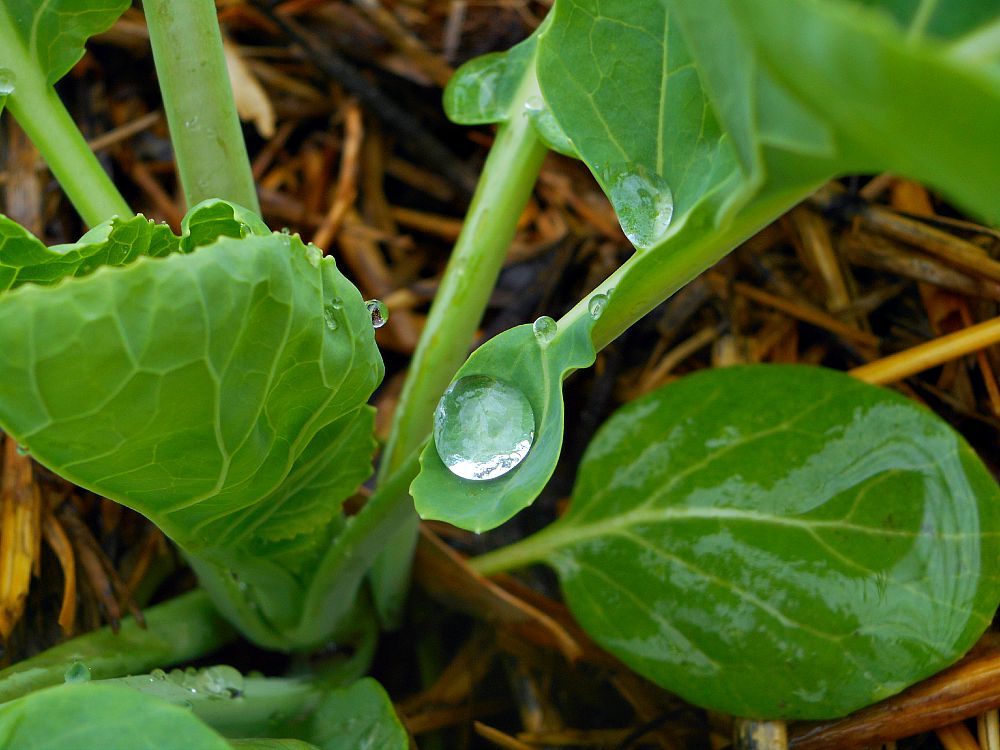
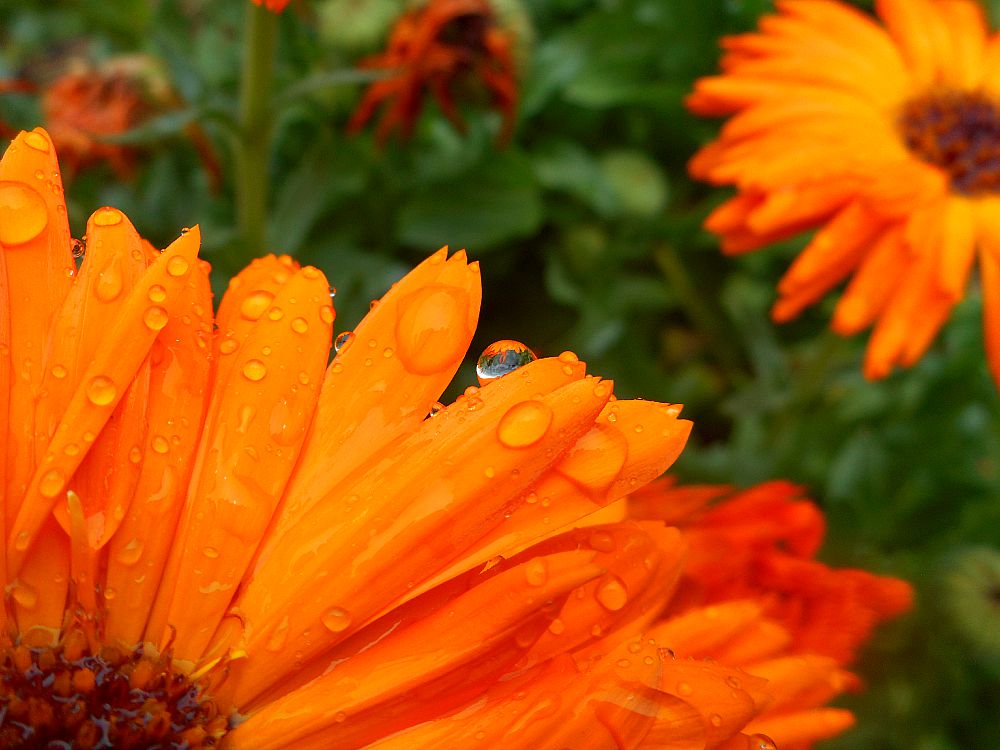
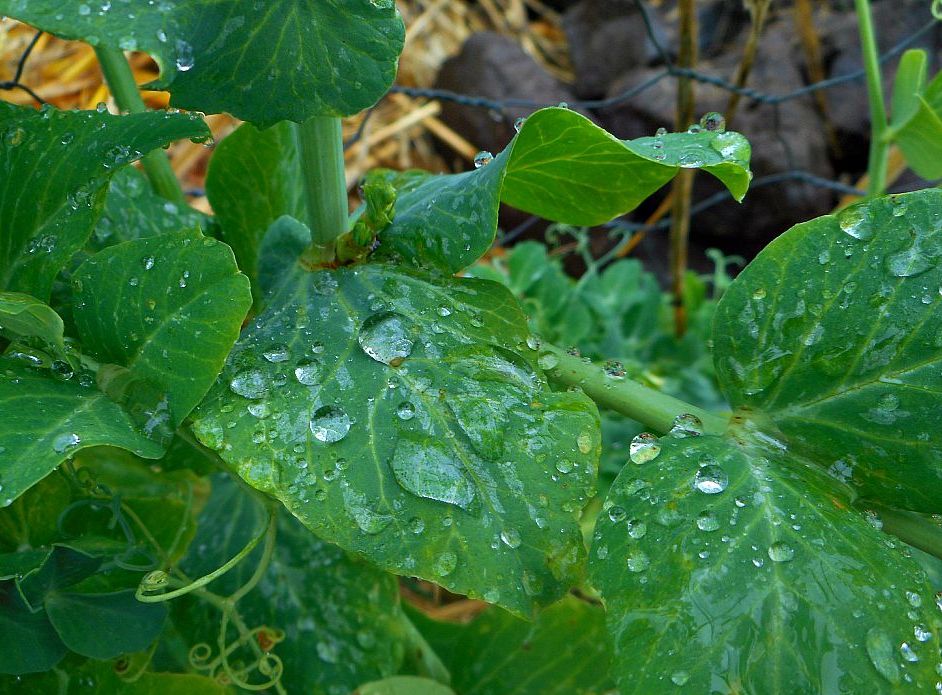
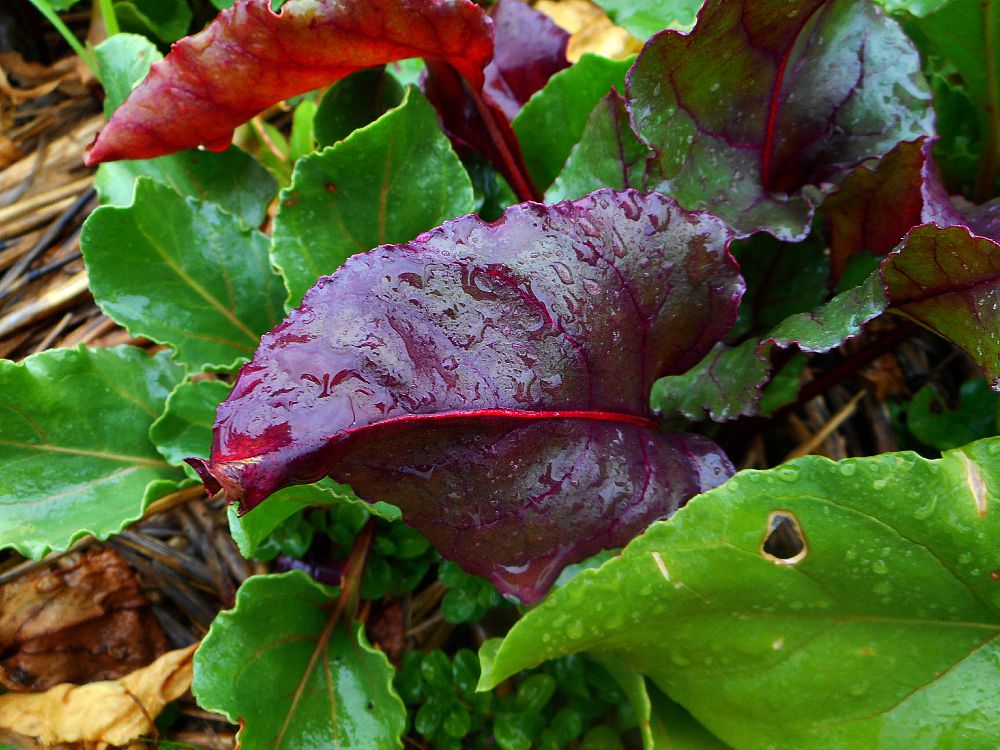
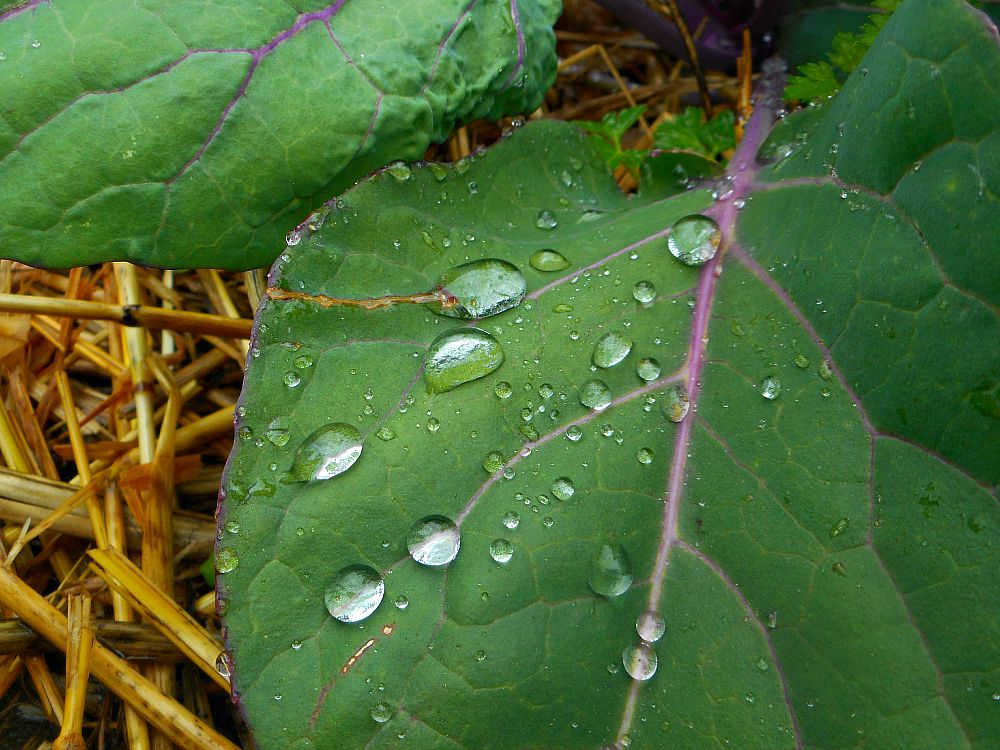
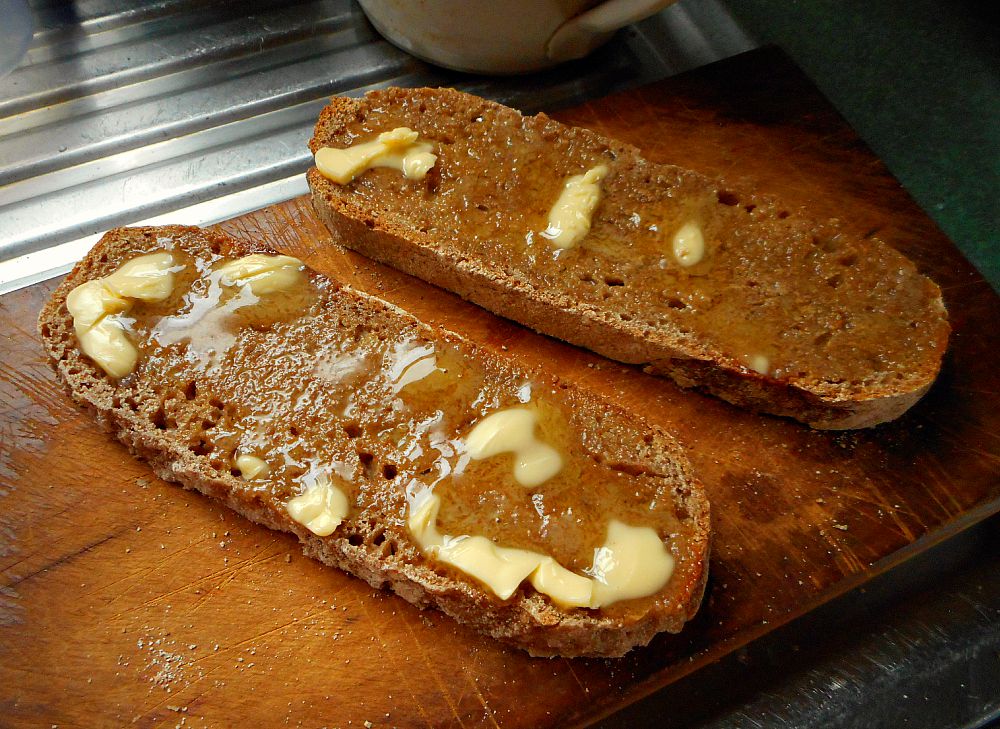
Beautiful rainy day photos, Krista. Don’t you love the sound of rain in the evening! xx
I sure do, @liz_posmyk:disqus 🙂 We kept the window open so we could listen to it fall while we went to sleep, until the wind picked up and started it blowing it in on us! Then the window got closed. 🙂
I’m pleased you got some rain and I don’t know what I’d do if my husband came home with a pitchfork for me! I’m so sorry to hear so many appliances gave up the ghost all at once. What a trifecta! I do love how industrious you are and how you came up with a way of still being able to bake bread xx
I think I’m one of those odd women who’d rather get a pitchfork than a bottle of perfume, Charlie. 🙂 Bear gets me romantic pressies too. 🙂 We just burst out laughing when the last appliance broke. We couldn’t believe it!! 🙂
Your first photo took my breath away – how we take (or at least, took,) rain for granted in the Pacific Northwest! Your bread looks so yummy I just may have to try it!! Happy weekend~ xx J.
I just can’t get over the pictures of the Pacific NW I’ve been seeing, @disqus_WseMqaTPwi:disqus So brown and dry, I’ve never seen it like that. Wishing you rain very, very soon. XO
Oh, it does seem that when one electronic goes, the rest decide to follow! Your slowcooker bread sounds and looks delicious. I love the shots f the fat beads of rain on leaves!
Doesn’t it just, Tracy? 🙂 Ah well. At least I’ve got a few appliances remaining to cook in until we can replace the rest. 🙂
Sounds like the electric g-ds are trying to tell you something. Good thing your slow cooker still works! I could so go for a slice of this right now, while I listen to and watch the rain that is falling 🙂
Yes, @tandysinclair:disqus I figured I must’ve done SOMETHING to anger them. 🙂
You’re rain sounds a lot more romantic than the rain we had on Saturday – I think it was a typhoon! I can’t believe everything stopped working all at once – it never rains…..sorry I couldn’t resist.
I’m so impressed with your slow cooker bread, Krista, but I’m in love with the macro shots of the raindrops. We hardly ever get rain here in Dubai and I do so miss it.
I love taking pictures of raindrops on plants too. And I can almost smell your bread baking from here. Such a shame your appliances had to go bung all at once.
That bread looks amazing. Great that you got some rain. Can’t remember the last time we got some here but it’s September now so we’re getting hopeful! 🙂
Julia